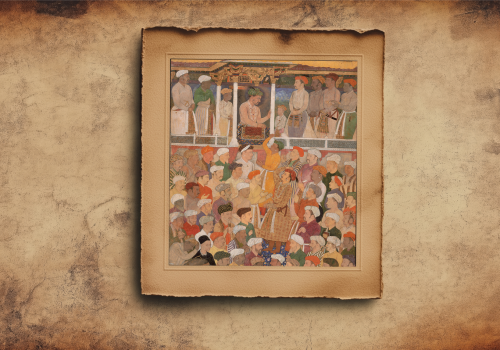Explore Baherwal Kalan's rich history from Guru Arjan Dev's visit to the rise of the Nakai Misl, highlighting influential Sikh leaders and key battles.
Explore the deeper meaning of Aarti in Hinduism and Sikhism, where true worship goes beyond rituals and embraces the beauty of nature and truth.
Explore the profound concept of Aatma and its connection to Paramaatma, God, and the transcendental self in Sikh and Hindu philosophies.
Explore Tuzuk-i-Jahangiri, the autobiographical memoirs of Emperor Jahangir, masterfully translated and edited, revealing insights into his reign (1605-1627).
Discover the diverse dialects of the Punjabi language spoken across India and Pakistan, from Eastern Punjabi in Majha to Western Lahndi in Multan.
Explore Mukarrampur's historical Sikh shrines, including Gurdwara Patshahi Chhevin, and experience profound spiritual heritage just 14 km from Sirhind.










